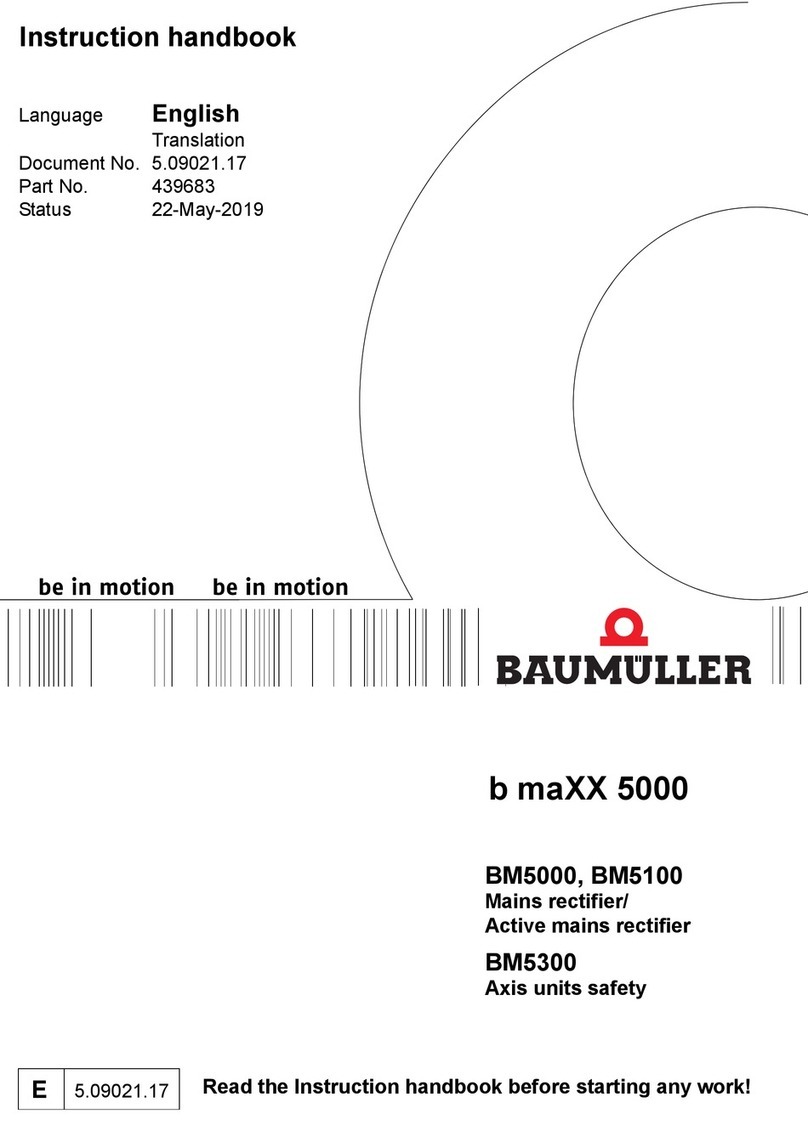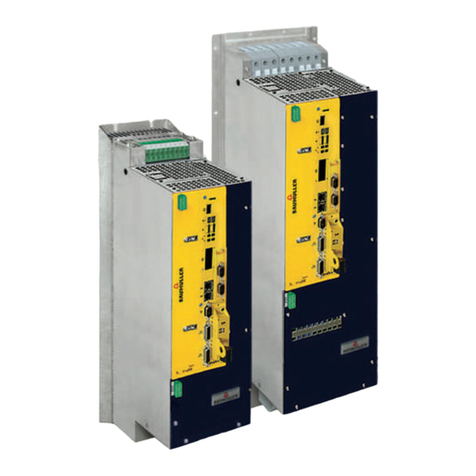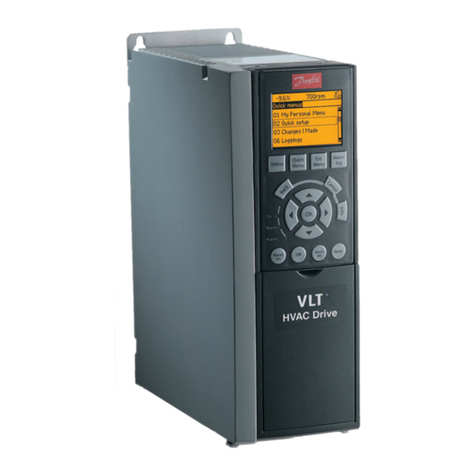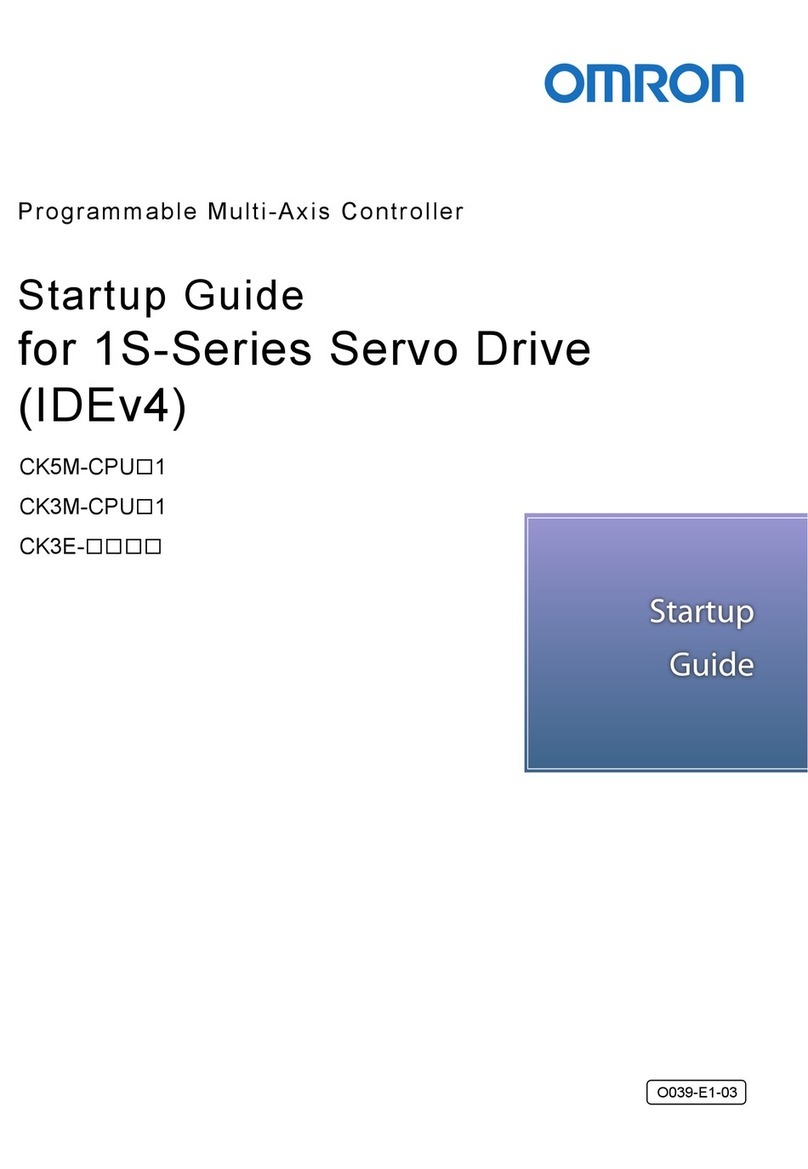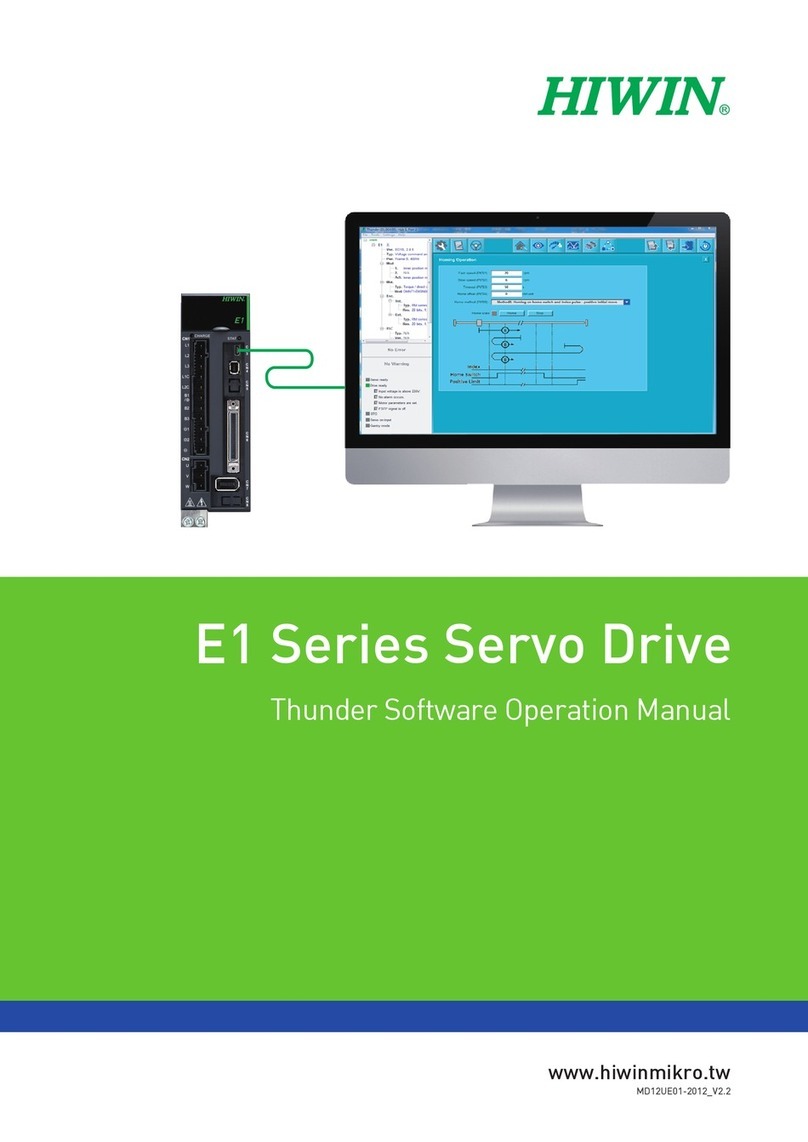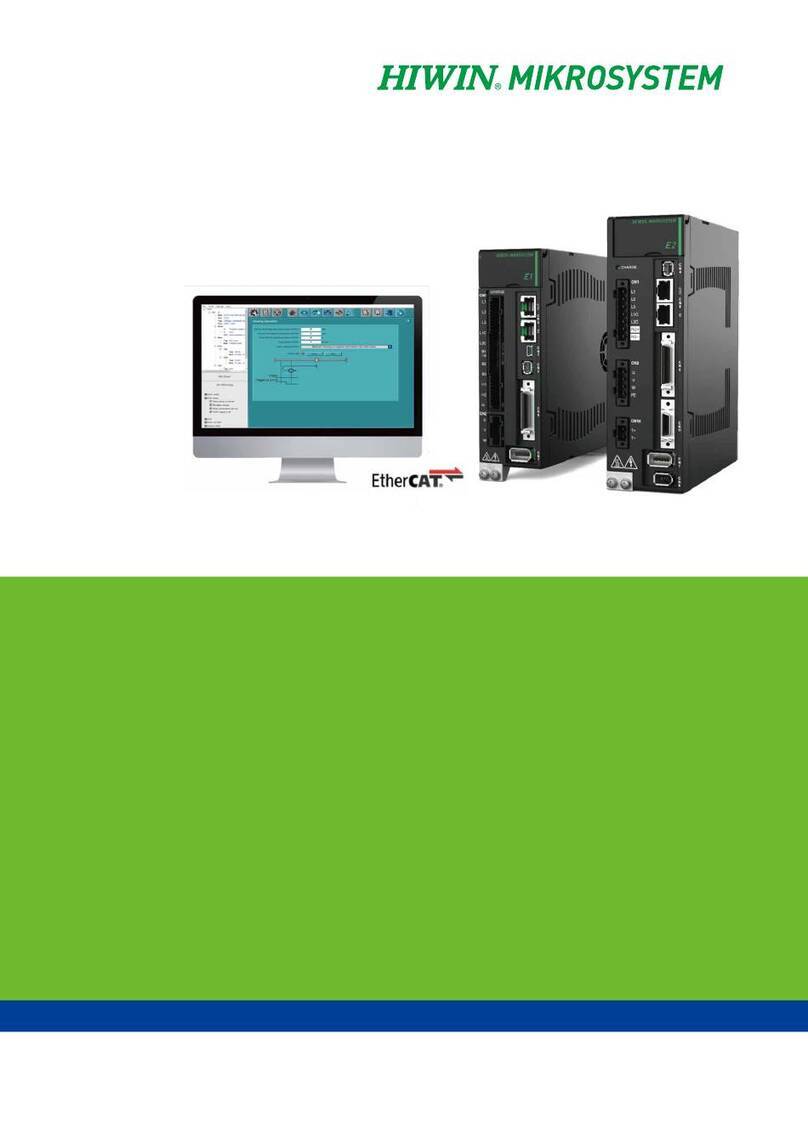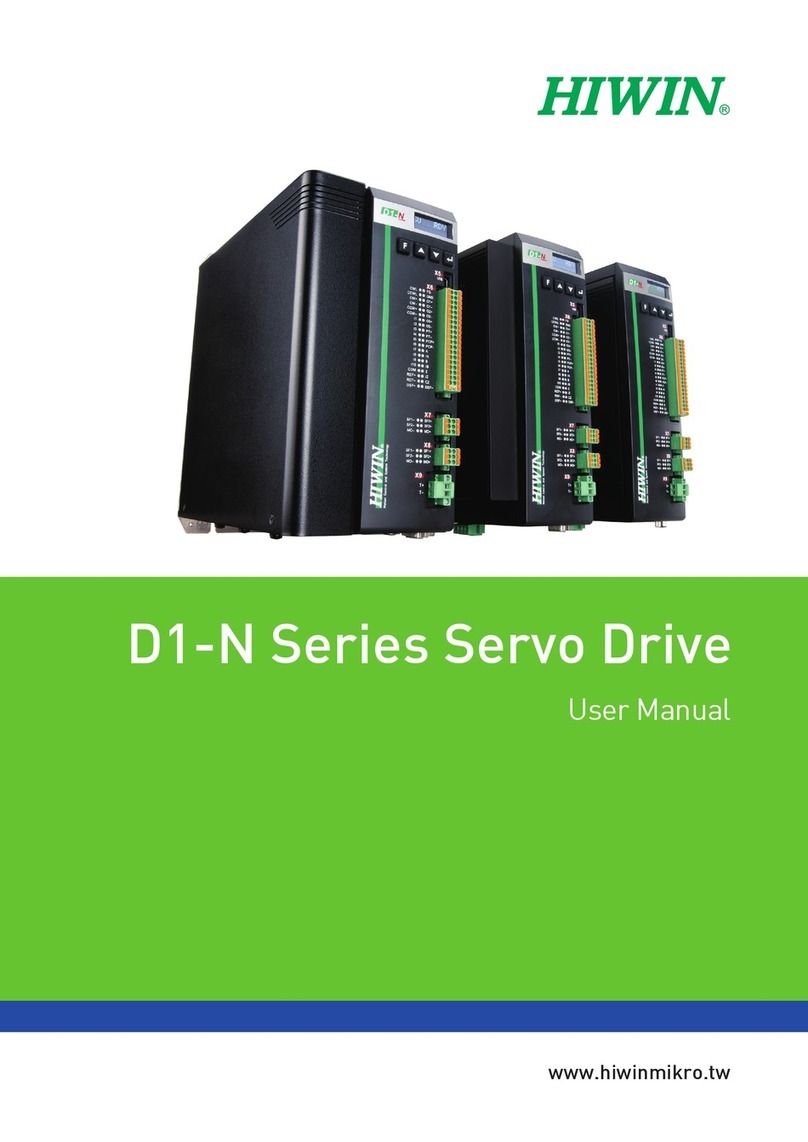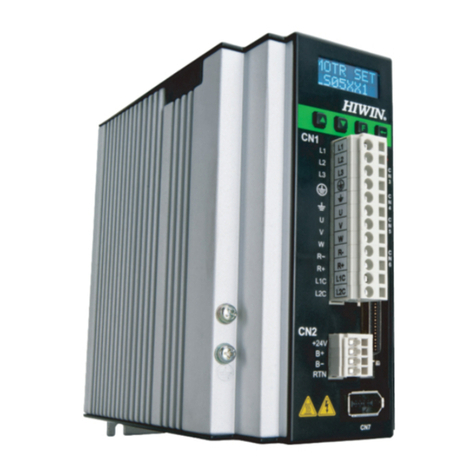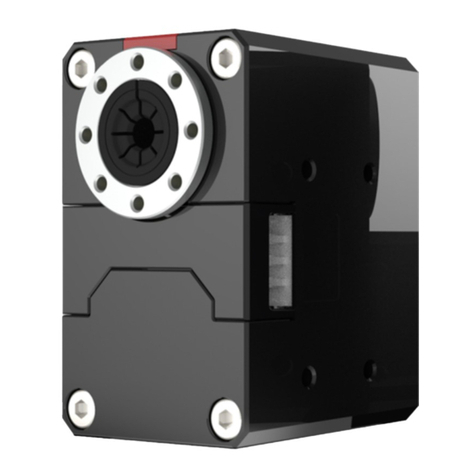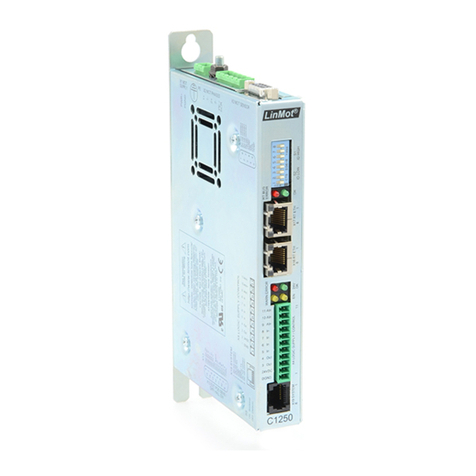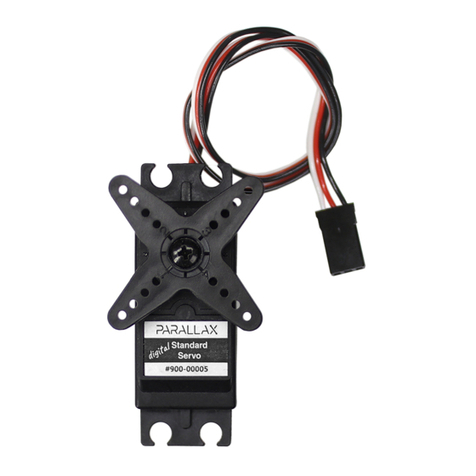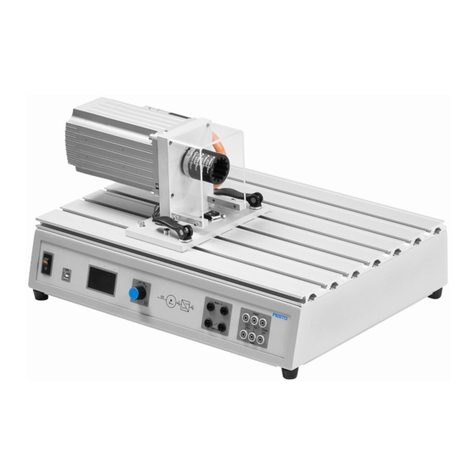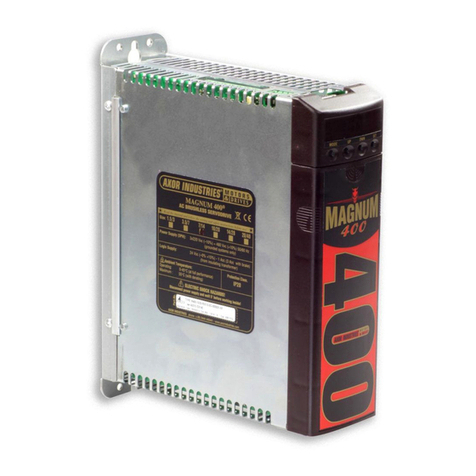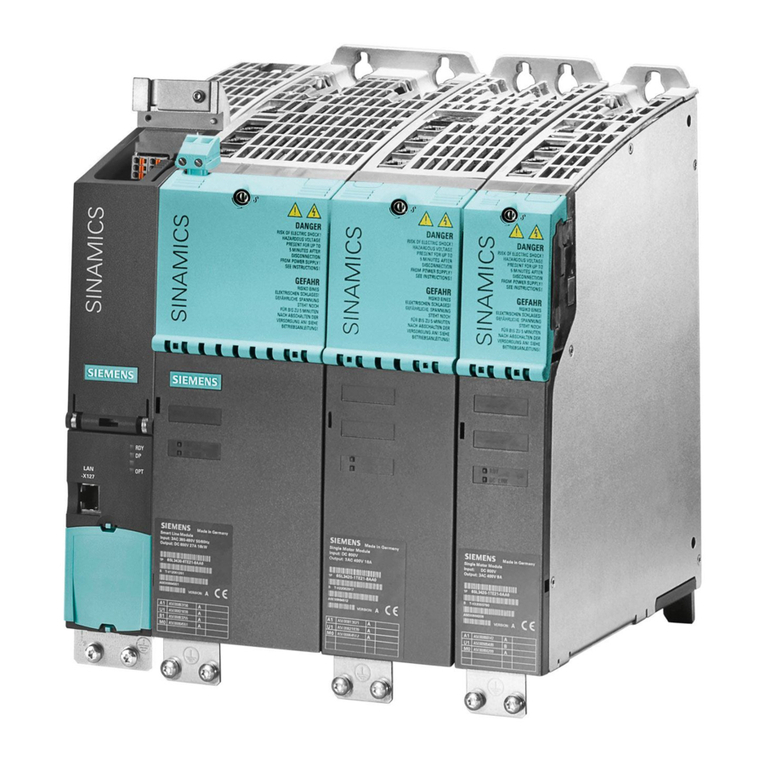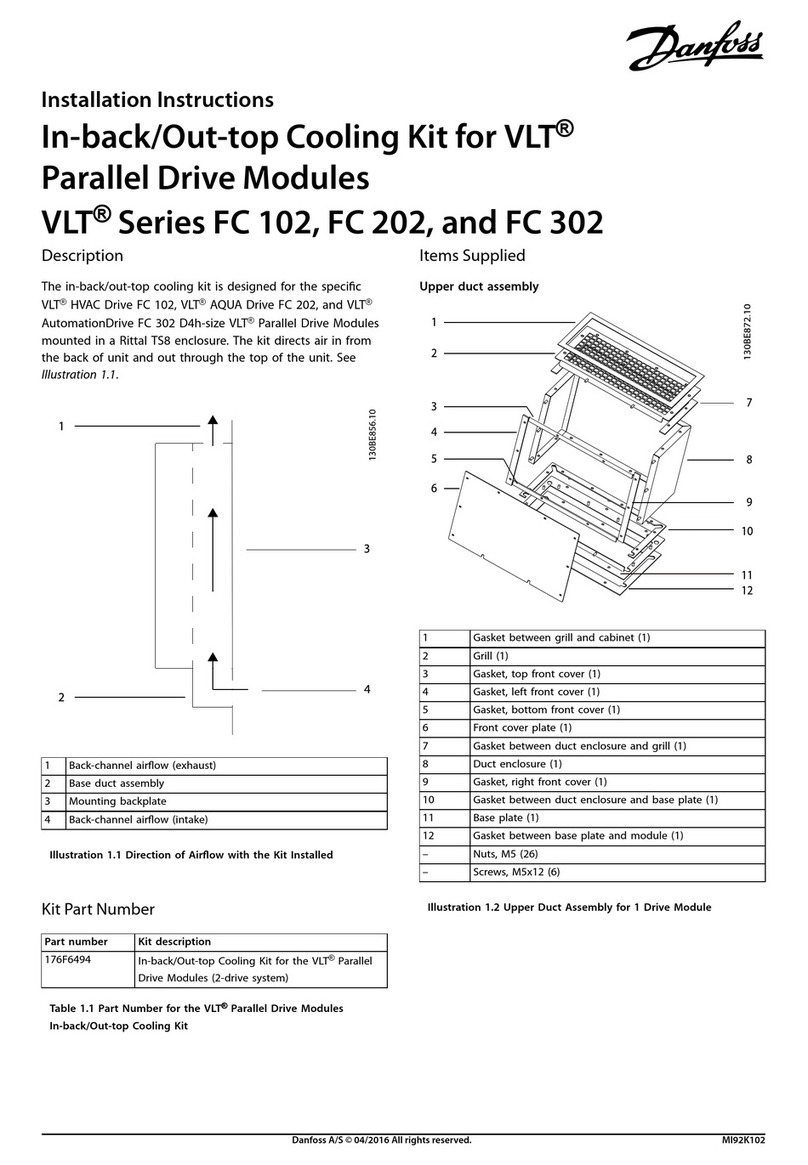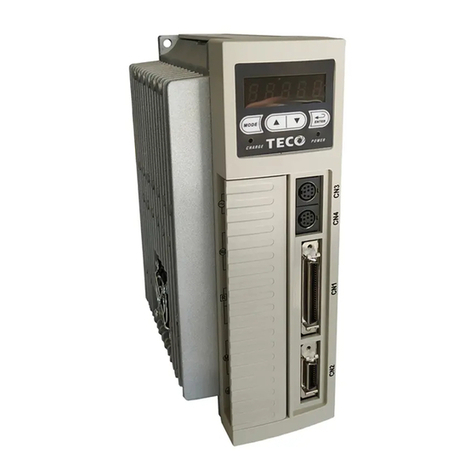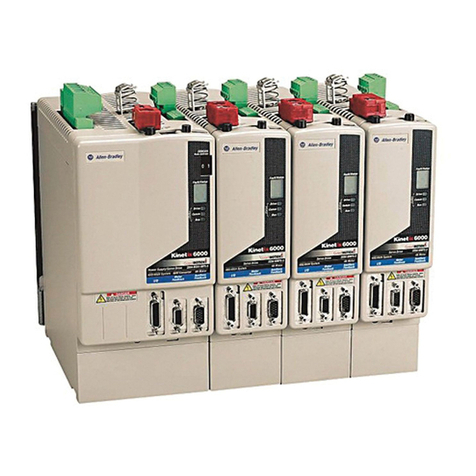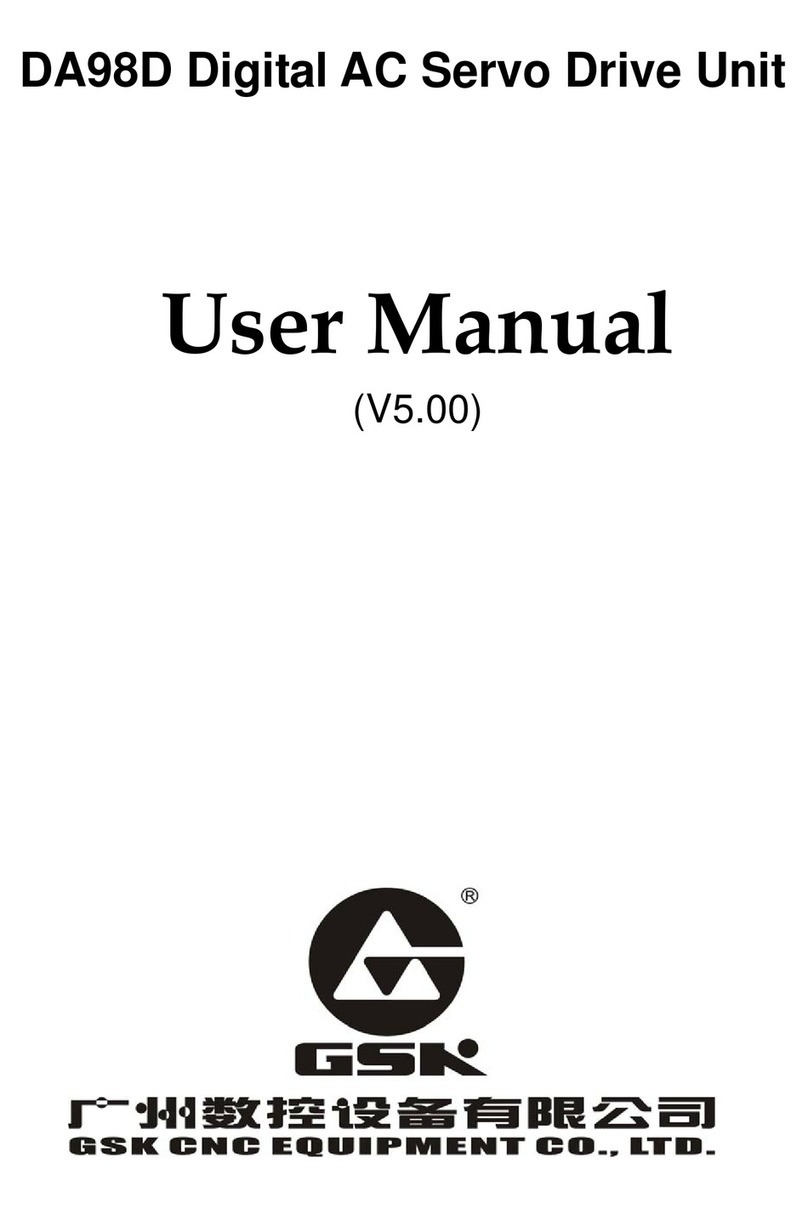
5.1.1 Installing Lightening ............................................................................................................................ 5-2
5.1.2 Communication setup ......................................................................................................................... 5-3
5.1.3 Main window ....................................................................................................................................... 5-6
5.2 Configuration center................................................................................................................................... 5-8
5.2.1 Setting parameters of motor ............................................................................................................... 5-9
5.2.2 Setting parameters of encoder.......................................................................................................... 5-12
5.2.2.1 HIWIN standard encoder............................................................................................................... 5-14
5.2.2.2 User-defined encoder setting ........................................................................................................ 5-15
5.2.2.3 Setting encoder output .................................................................................................................. 5-16
5.2.3 Setting Hall sensor............................................................................................................................ 5-19
5.2.4 Setting operation mode..................................................................................................................... 5-21
5.2.5 Saving configuration.......................................................................................................................... 5-24
5.3 Auto phase center .................................................................................................................................... 5-25
5.3.1 Inspection before auto phase initialization........................................................................................ 5-28
5.3.2 Operating procedures for auto phase initialization ........................................................................... 5-28
5.3.3 Precautions for auto phase initialization ........................................................................................... 5-32
5.4 I/O setting................................................................................................................................................. 5-33
5.4.1 Digital inputs...................................................................................................................................... 5-33
5.4.2 Digital outputs ................................................................................................................................... 5-41
5.5 Setting in-position signal .......................................................................................................................... 5-46
5.6 Homing..................................................................................................................................................... 5-49
5.6.1 Homing by left side and right side conditions ................................................................................... 5-52
5.6.2 Homing by near home sensor or index signal .................................................................................. 5-55
5.6.3 Homing by single-turn absolute encoder .......................................................................................... 5-57
5.6.4 Homing by CiA 402 standard homing method.................................................................................. 5-58
5.7 Save parameters to Flash and set to factory default ............................................................................... 5-64
5.7.1 Save parameters to Flash................................................................................................................. 5-64
5.7.2 Set parameters to factory default...................................................................................................... 5-64
5.8 Setting operation mode via Lightening..................................................................................................... 5-66
5.8.1 Position mode ................................................................................................................................... 5-66
5.8.2 Velocity mode.................................................................................................................................... 5-68
5.8.3 Force/torque mode............................................................................................................................ 5-70
5.8.4 Stand-alone mode............................................................................................................................. 5-72
6. Tuning................................................................................................................................................................ 6-1
6.1 Status display and Quick view ................................................................................................................... 6-2
6.1.1 Status display...................................................................................................................................... 6-2
6.1.2 Quick view........................................................................................................................................... 6-3
6.1.3 Function keys...................................................................................................................................... 6-4
6.2 Performance center.................................................................................................................................... 6-4
6.3 Scope ......................................................................................................................................................... 6-7
6.4 Data collection............................................................................................................................................ 6-9
6.4.1 Function description............................................................................................................................ 6-9
6.4.2 Data collection via PDL program ...................................................................................................... 6-11
6.5 Plot view................................................................................................................................................... 6-12
6.5.1 Display mode .................................................................................................................................... 6-12
6.5.2 Save and open file ............................................................................................................................ 6-17
6.5.3 Calculation functions......................................................................................................................... 6-18
6.6 Advanced gain tuning............................................................................................................................... 6-20
6.6.1 Filter .................................................................................................................................................. 6-21
6.6.2 Acceleration feedforward .................................................................................................................. 6-23
6.6.3 Schedule gains and velocity loop gain.............................................................................................. 6-25
6.6.4 Offset correction for analog input...................................................................................................... 6-28
6.6.5 Current loop ...................................................................................................................................... 6-29
6.6.6 Vibration suppression filter................................................................................................................ 6-29
6.6.7 Friction compensation....................................................................................................................... 6-34
6.7 Loop constructor....................................................................................................................................... 6-35
6.7.1 Load/save file.................................................................................................................................... 6-36
6.7.2 Tool ................................................................................................................................................... 6-37
6.7.2.1 Frequency response function........................................................................................................ 6-38
6.7.2.2 Nyquist........................................................................................................................................... 6-39
6.7.2.3 Bode .............................................................................................................................................. 6-40
6.7.2.4 Nichols........................................................................................................................................... 6-41


